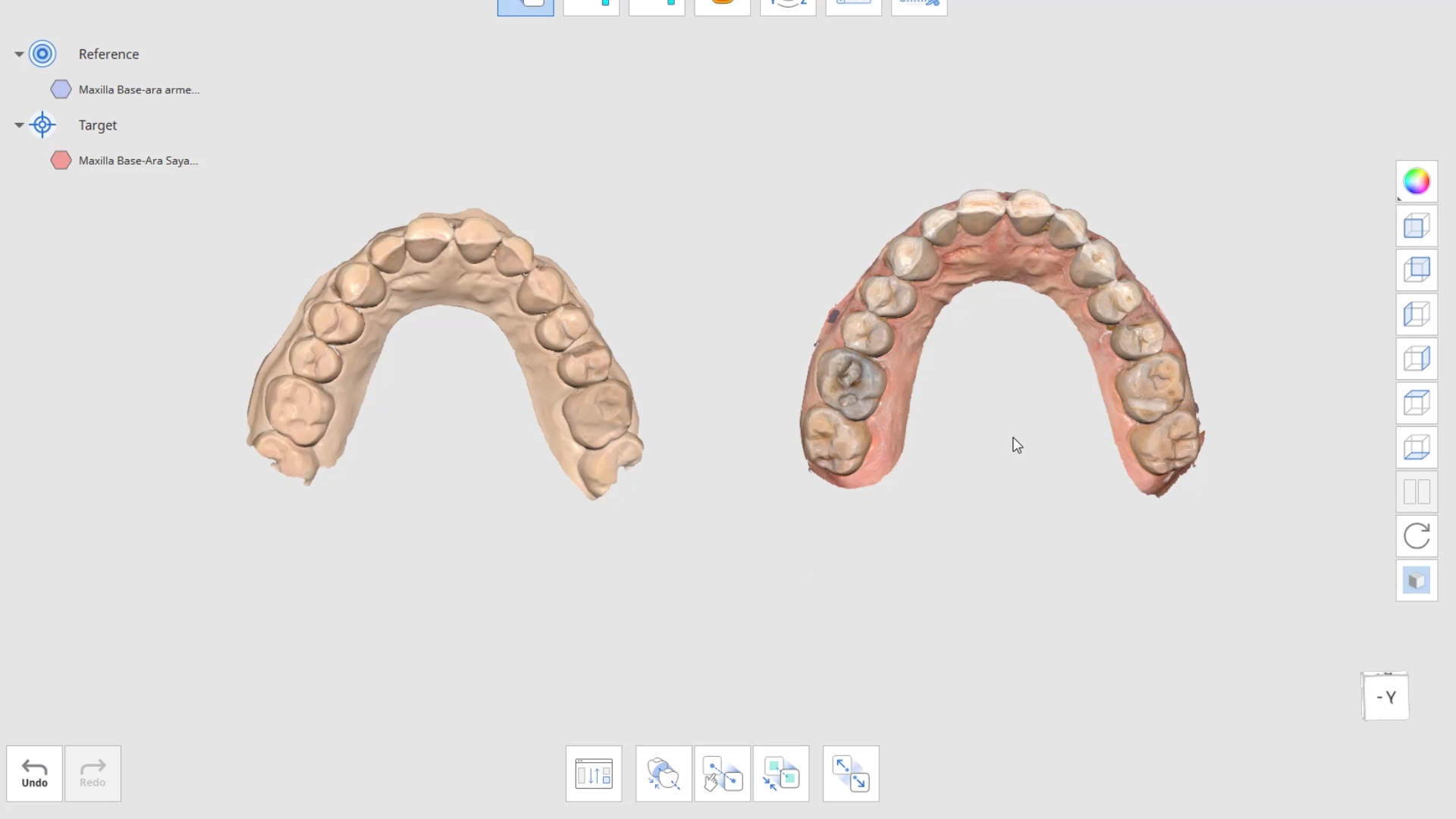
Much like conventional impressions, digital impressions can render ill-fitting restorations. It is imperative to figure out the source of the problem and to understand if it is a scanning or manufacturing issue. We have compiled the top reasons for such errors in this article:
-
- If the restoration is manufactured on printed models, you should be alarmed! There are so many variables that can be introduced in additive manufacturing process that can lead to less than desired results. Printed models should only be used after restorations are milled to assess contacts or to dial back bulky material to the margin on they die.
- Translucent / transparent enamel can lead to inaccurate scans. This is most magnified when we work on conservative preparations made on enamel. See this article to understand the troubles that can be introduced while scanning glass. aa
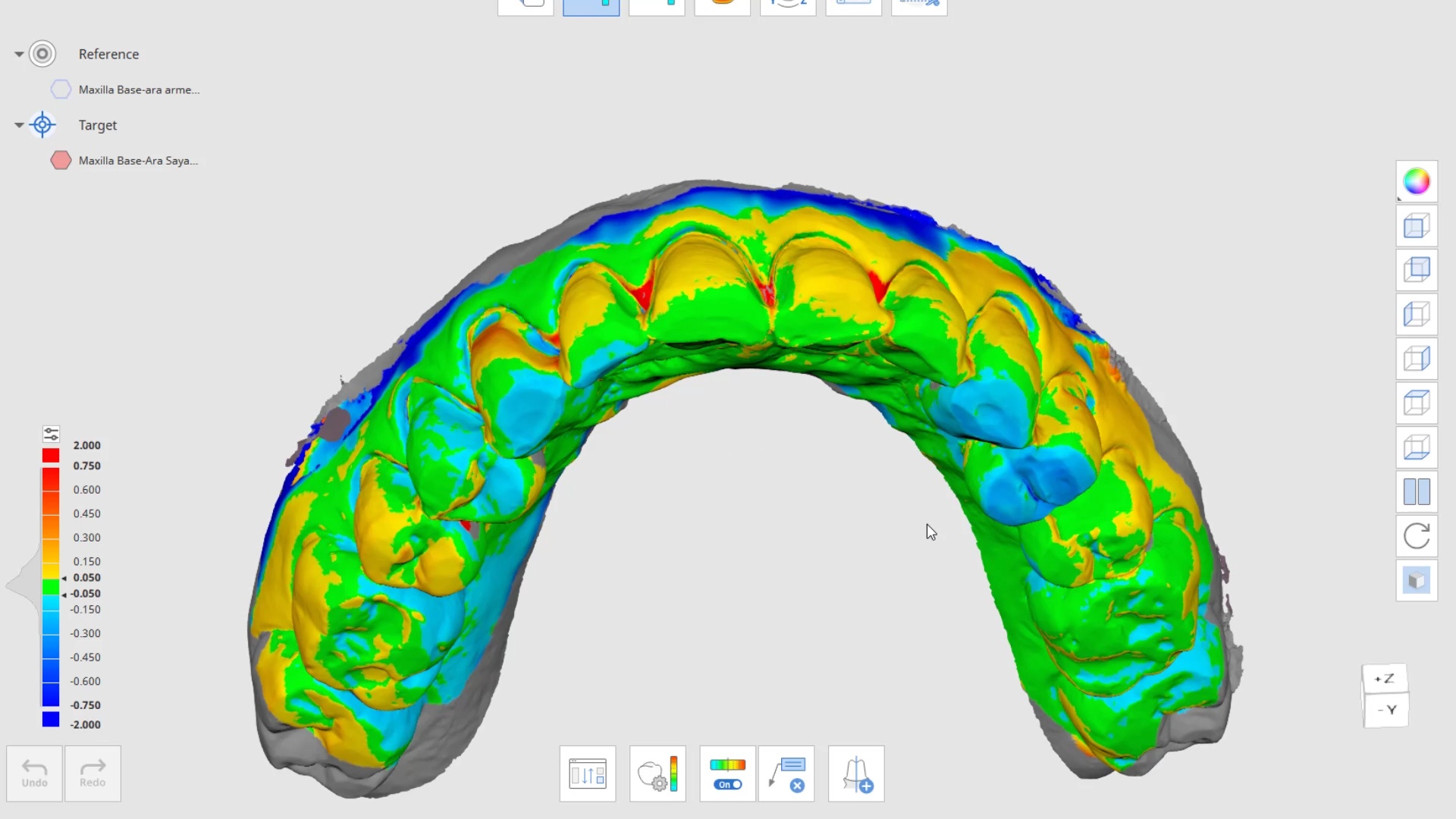
3. We highly recommend that the clinician places his or her margins as soon as they image the preparation. Oftentimes, labs only work with STL models instead of color models and this leaves a lot of room for open interpretation and errors. Labs can then print the models to finish work like contacts and reducing margins they have bulked out to protect the material whilst milling.

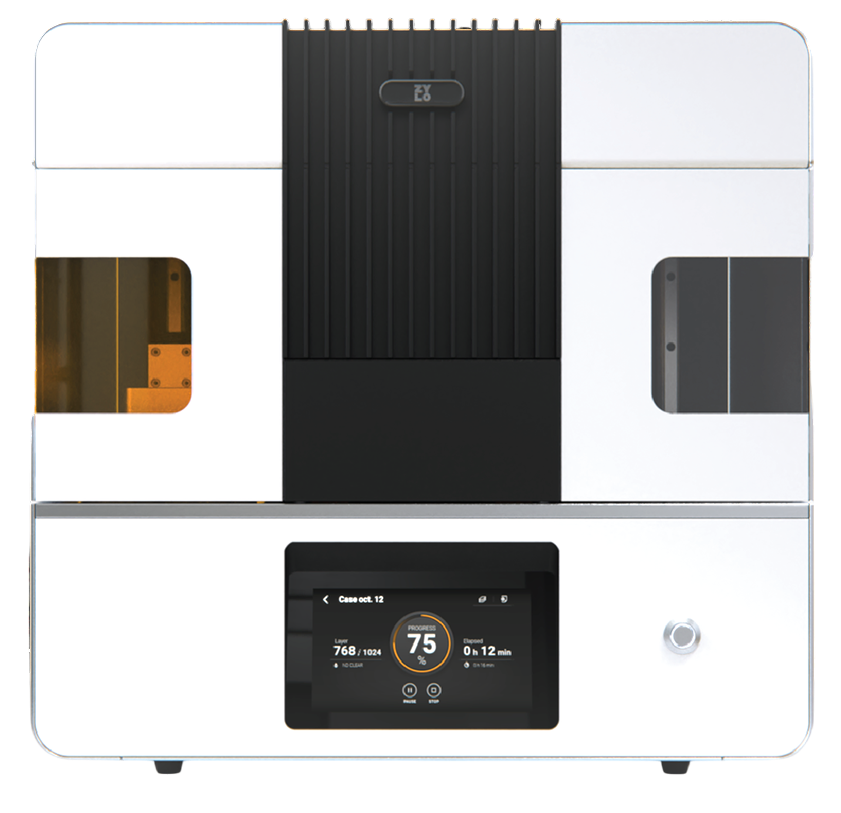
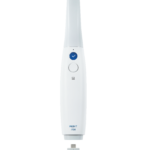


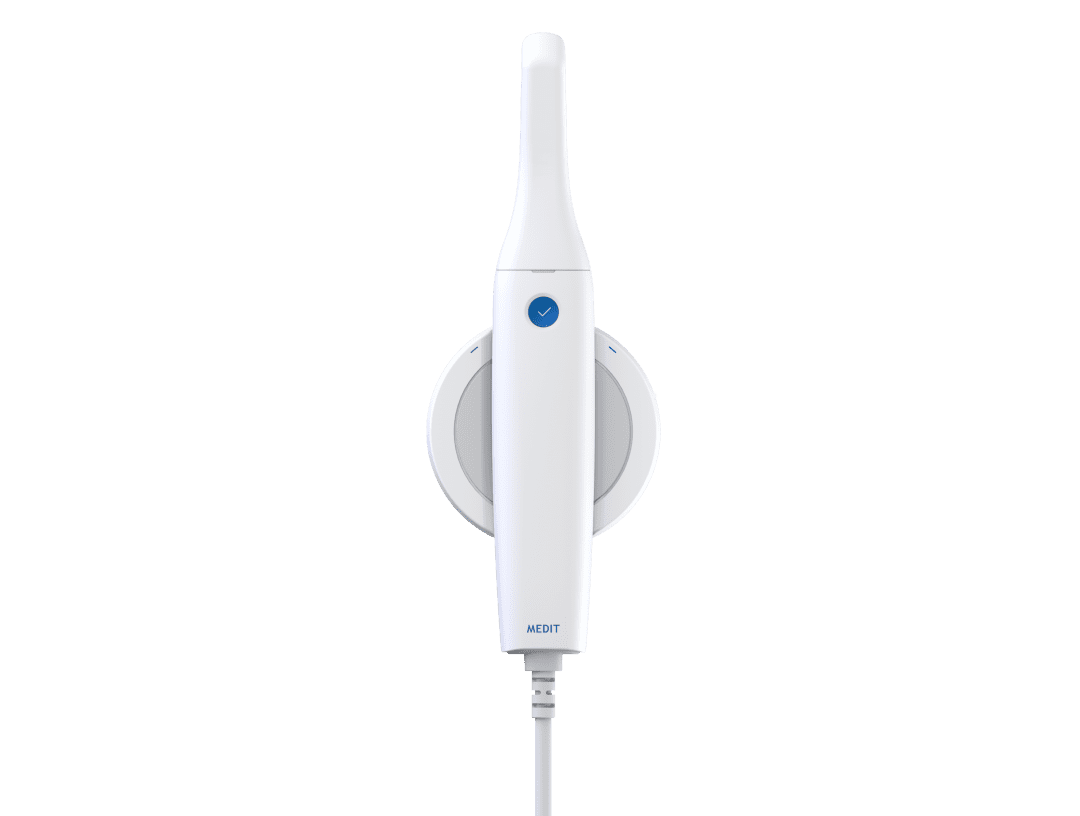
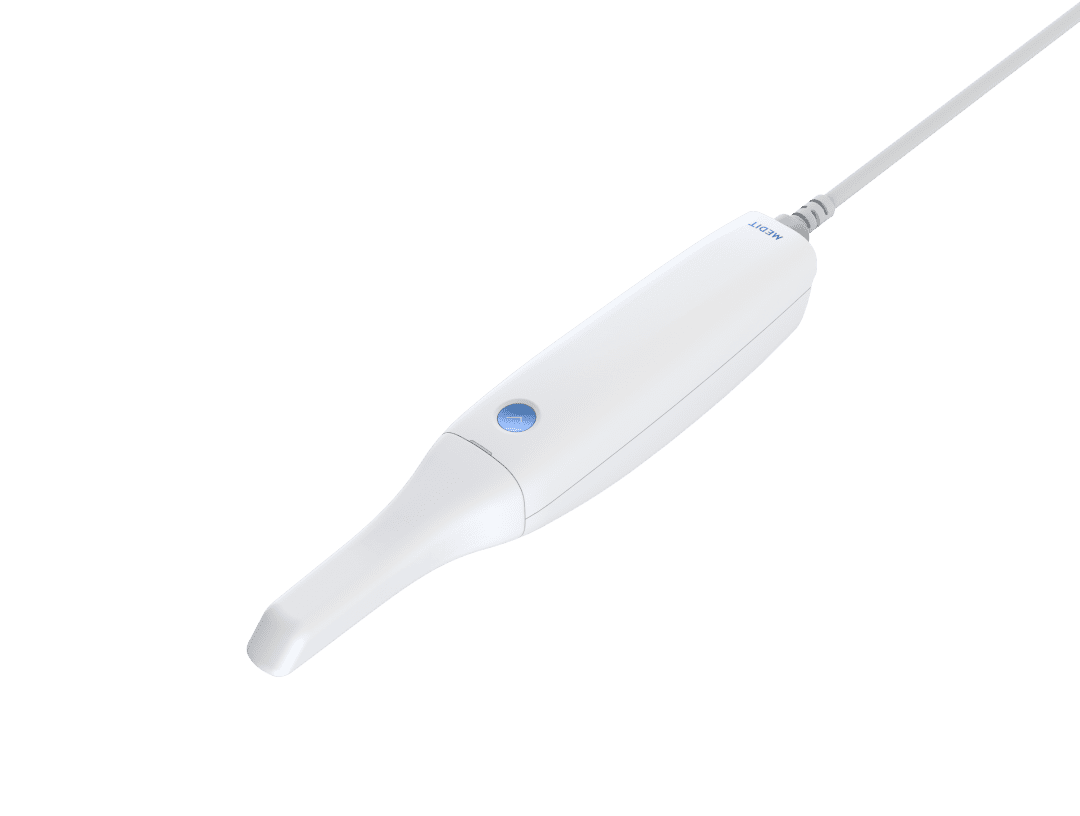
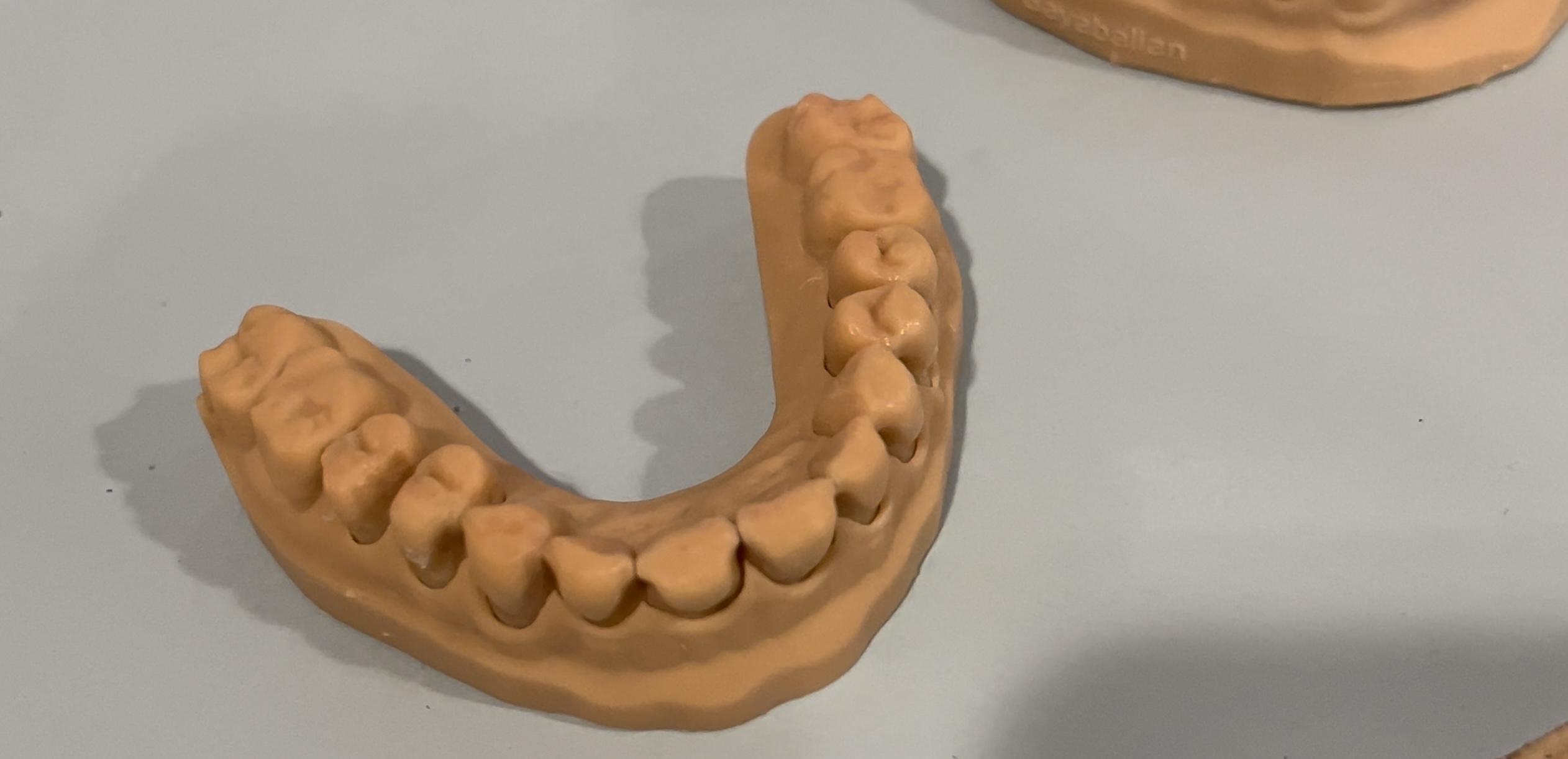
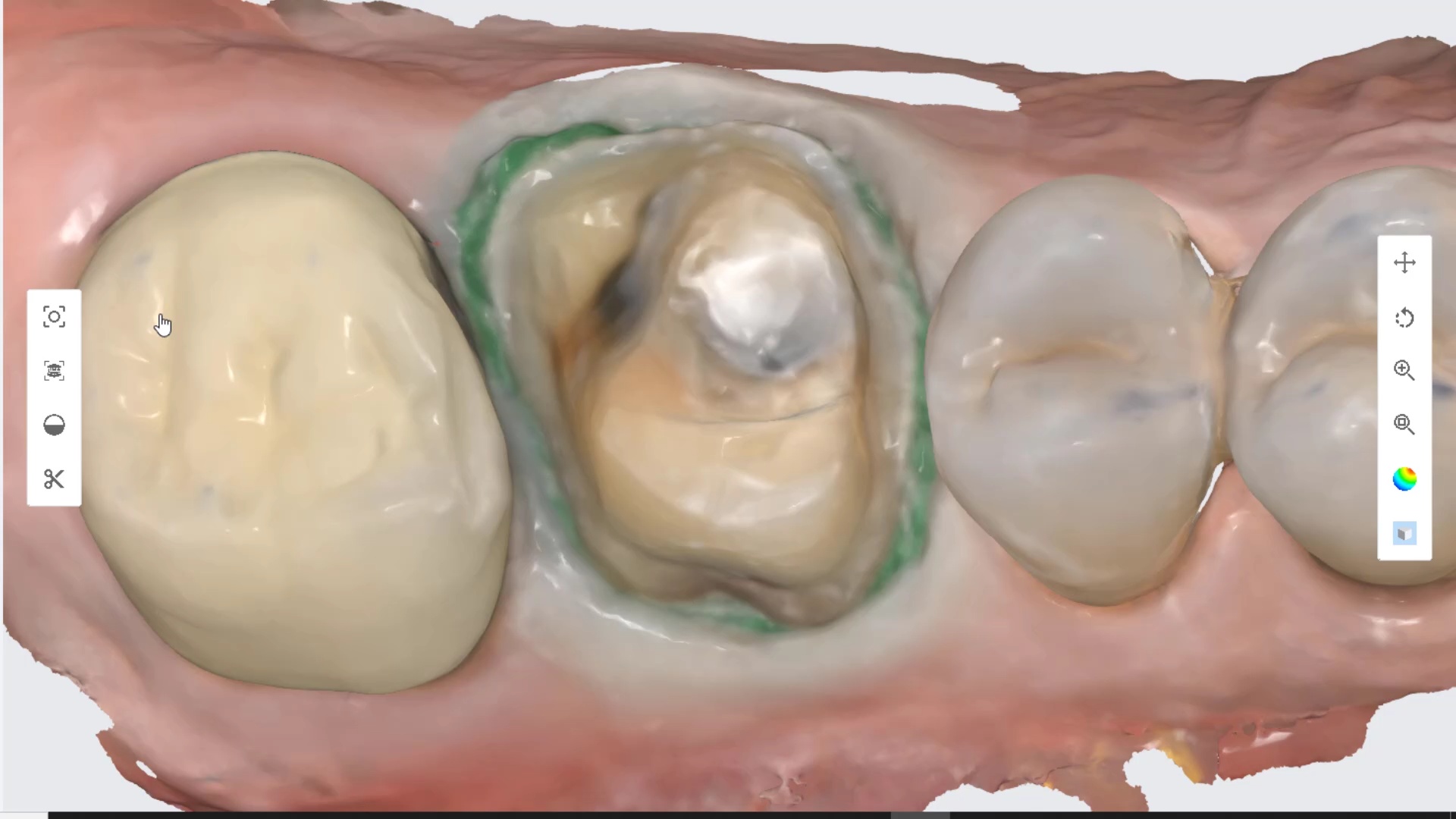
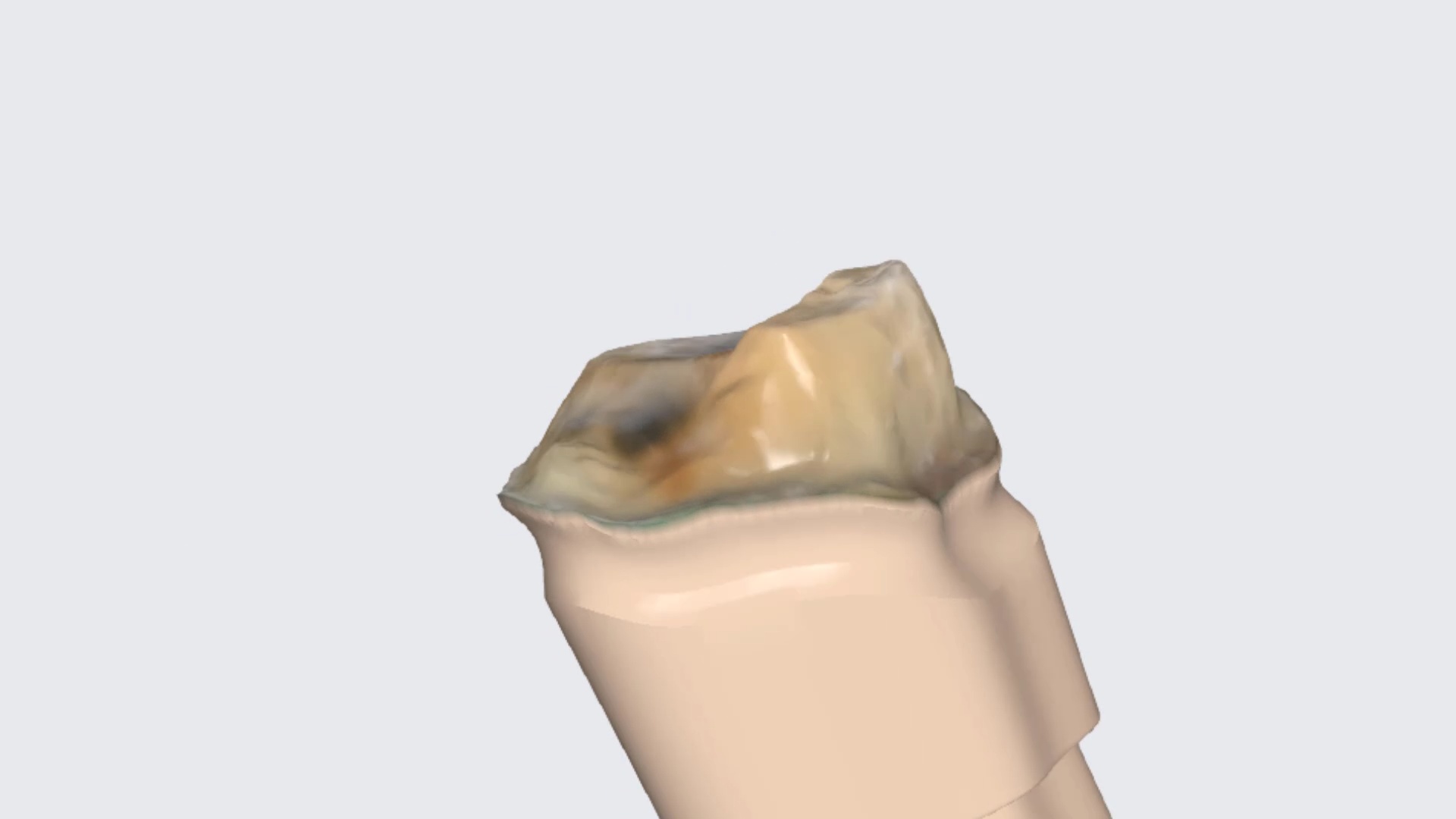

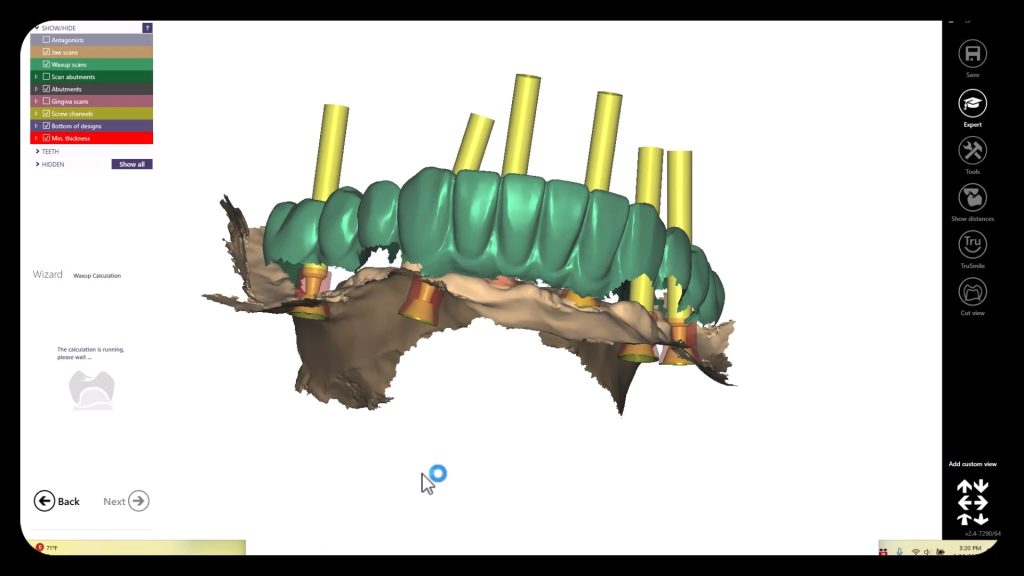
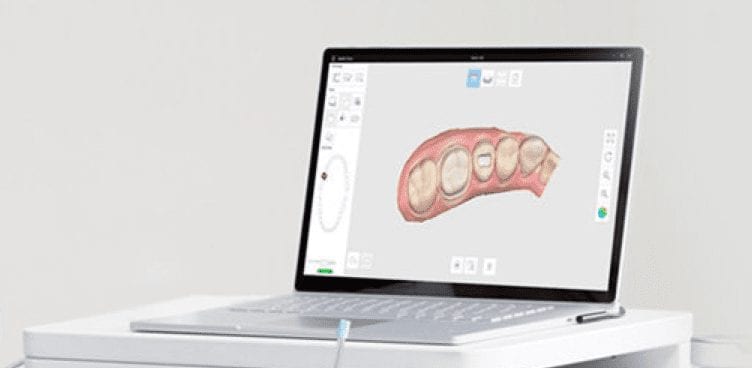
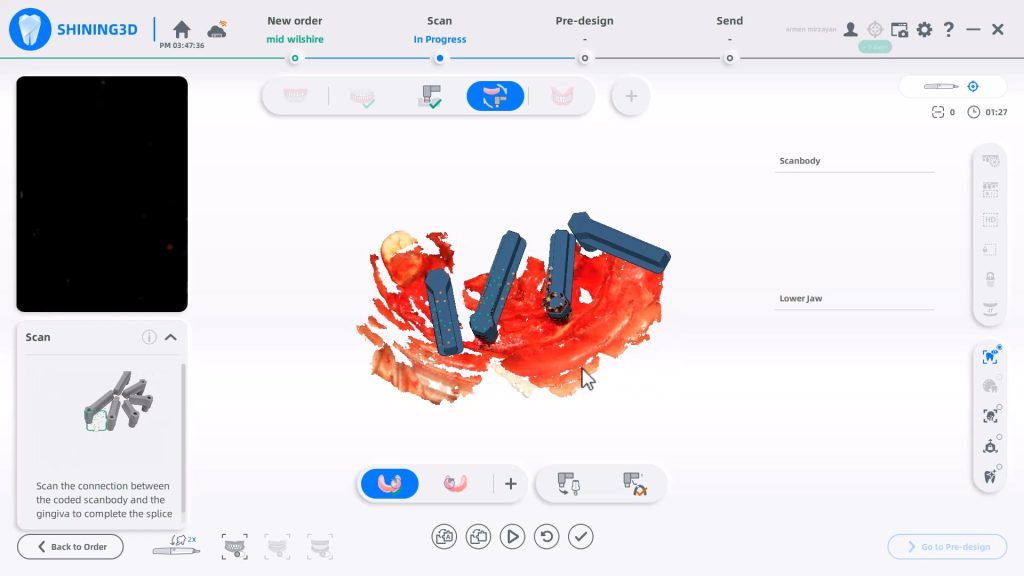
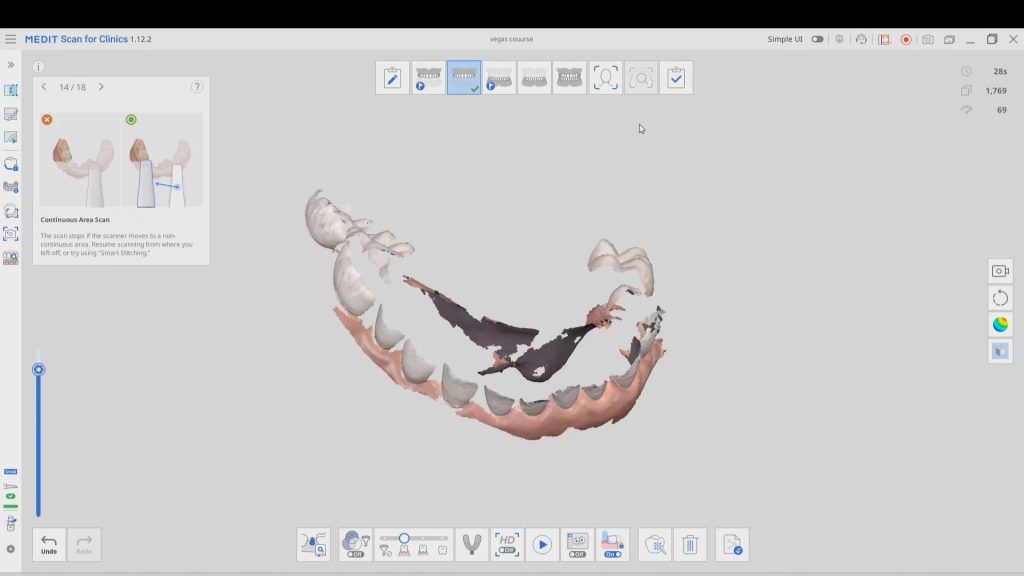
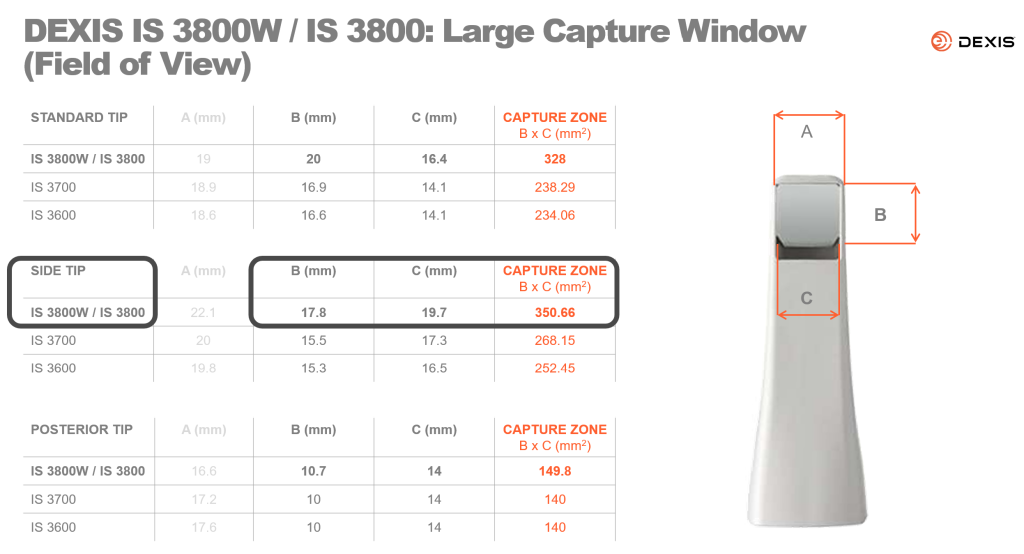
You must log in to post a comment.